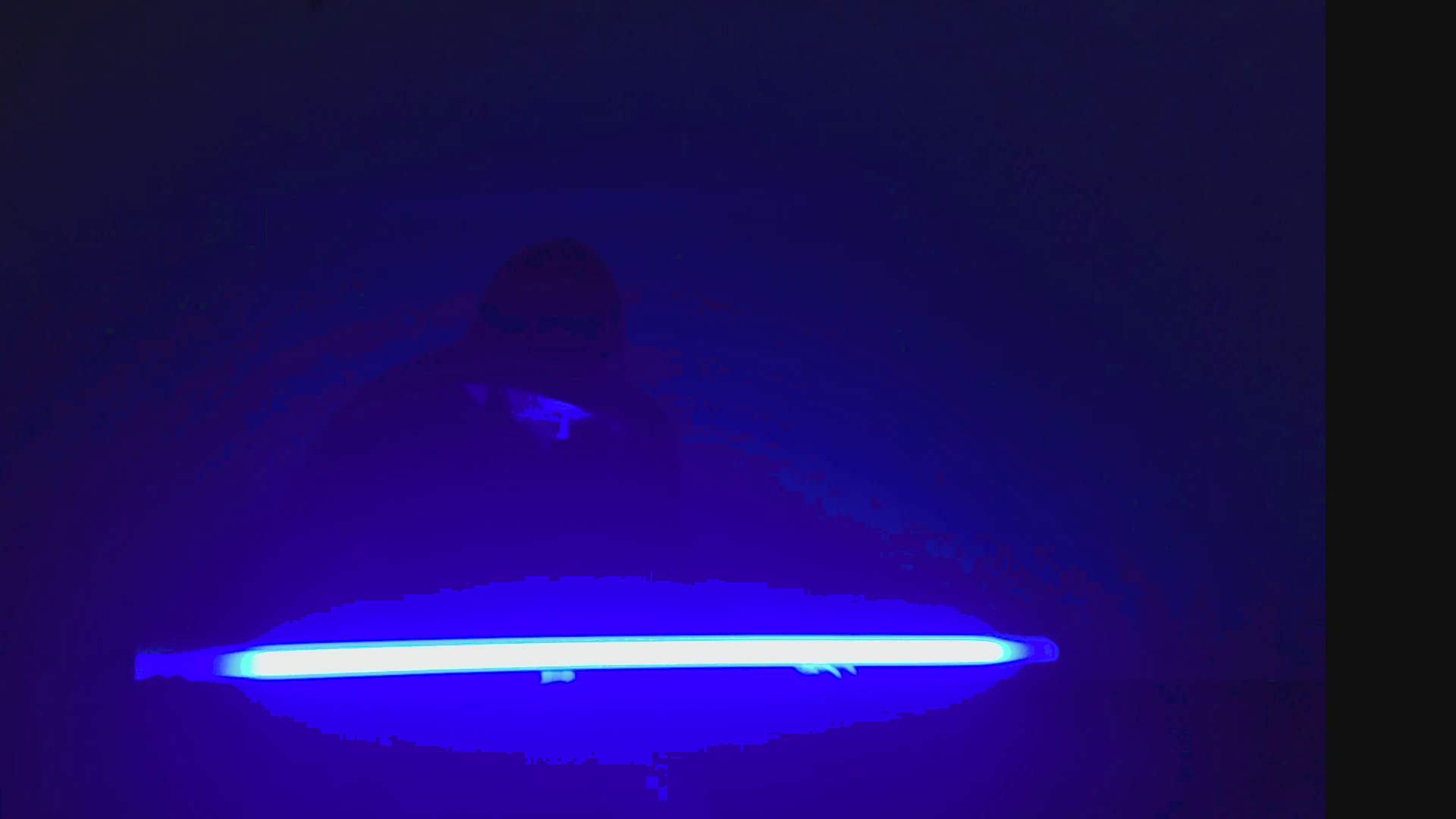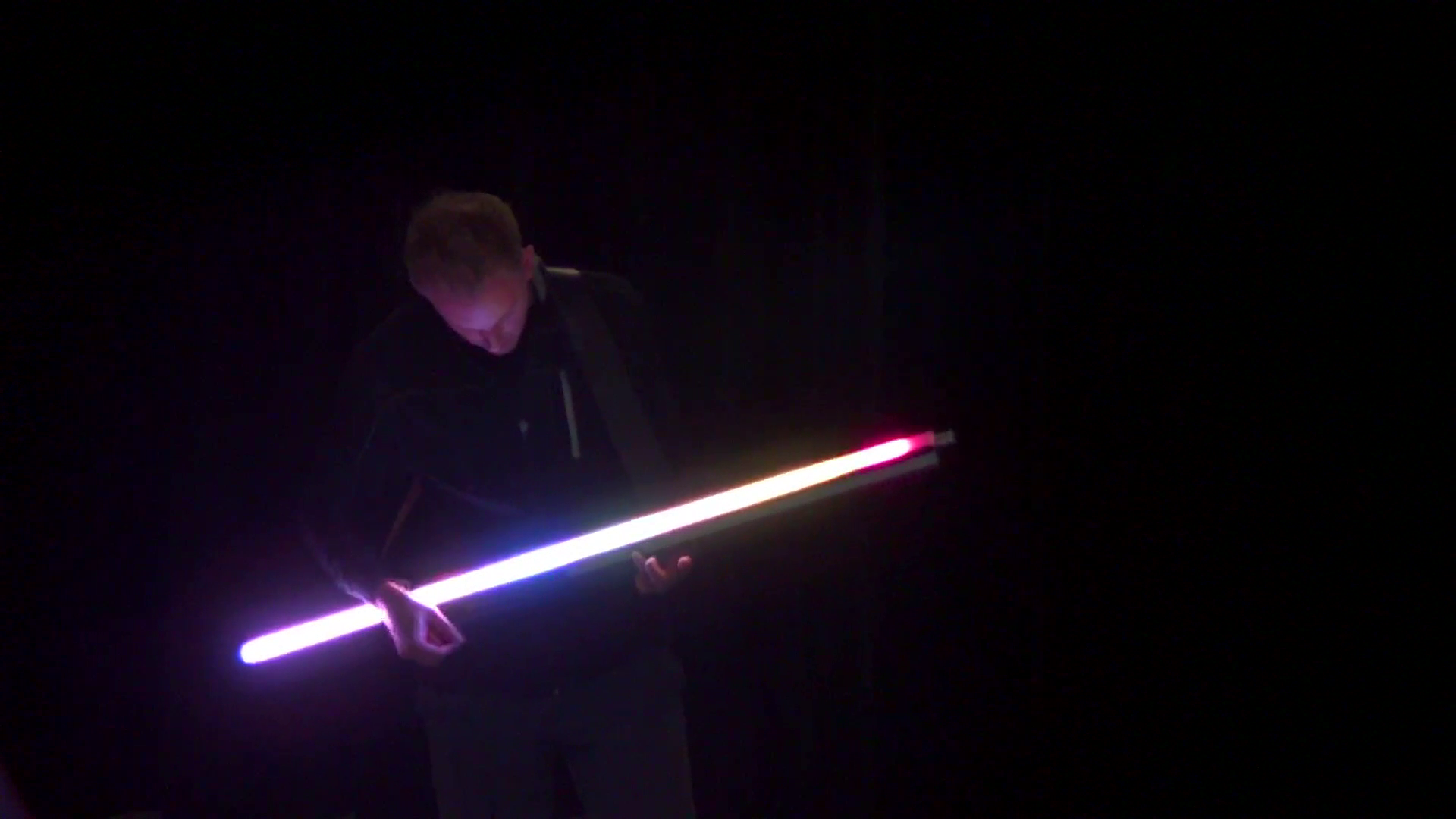What do you get when a lightsaber and ukulele have a baby?
The AirGlow gets its name from an air-guitar strum sensor and an LED light bar. It also has motion sensors, and a fingerboard sensitive to pressure and position. It makes use of a performance practice most people already know how to emulate - playing the air guitar. These gestures, when performed through the AirGlow, are translated into an application with many instrumental presets for plug-and-play capability. Included tutorials and stepwise guides teach basic computational thinking to enable people to customize their AirGlow instrument in MaxMSP. MIDI, DMX, and OSC options enable control for almost any software or hardware on stage.
Drag and Drop Software
The AirGlow Performer lets you connect to your computer over USB. You may use the sounds that already exist on your computer or download new ones to give your AirGlow unique tones of your choice!
“Light Boxes” let you generate cool patterns and effects.
Pre-made performance patches and effects get you making sounds and light effects quickly.
AirGlow at the GA Tech New Musical Instrument Competition
Inventor Chet Udell performs with AirGlow with GA Tech Faculty Nat Condit-Schultz on guitar at the GA Tech New Musical Instrument Competition 2022 as a world-finalist.
CURIOUS ABOUT HOW AIRGLOW WAS MADE? IT ALL STARTED WITH THE OPTRON
Check out Chet playing a similar instrument to Airglow, Optron. Optron is worn with a strap around the neck and can be played using guitar-inspired and not-so-guitar-inspired gestures. It can sense the position and pressure of finger presses on a custom-designed guitar neck using a sensor pad topped with a silicone pad and a fret pattern etched in Teflon so your fingers can feel where they are at without looking.
The red IR motion sensors track hand-waving gestures, so your hands can push, pull, and interact with the lights and sound.




















